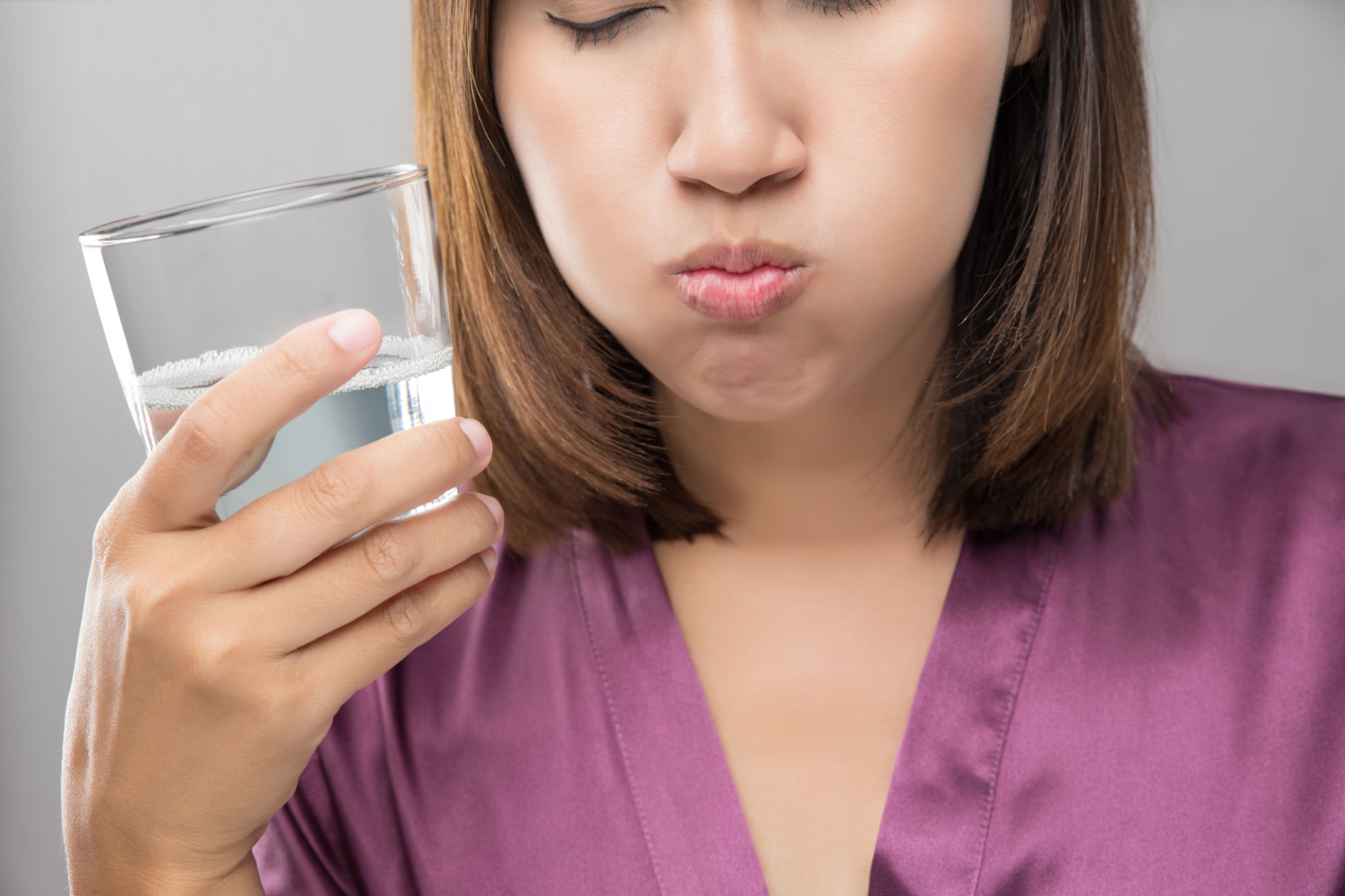What to Do When Your Drinking Water Fails Safety Tests
EW
Understanding the Problem
When your drinking water fails safety tests, it can be alarming. You might wonder what steps to take next. The first thing to understand is why your water failed the test. Contaminants like bacteria, chemicals, or heavy metals could be the cause.
It's important to act quickly to protect your health. Contaminated water can cause serious health issues. Immediate steps can help reduce risks.

If you have pets, make sure they also drink bottled water. Contaminants can affect animals too.
Notify Authorities
Contact your local health department or water supplier. They need to know about the issue. They can provide guidance and may start an investigation to find the source of the contamination.
Keep a record of your communication with authorities. This can be useful if you need to follow up later.
Identify the Contaminants
Understanding what contaminants are in your water is crucial. Different contaminants require different solutions. Your water testing report should provide this information.
If the report is unclear, ask for a detailed explanation. This will help you decide on the next steps.

Consult a Professional
Hire a water quality expert.
Once you know the contaminants, explore treatment options. These might include:
- Installing a water filter
- Using a water softener
- Implementing a reverse osmosis system
Your water quality expert can help you choose the best option for your situation.
Regular Monitoring
After addressing the contamination, regular monitoring is essential. Schedule periodic water tests to ensure the problem does not return. This will help you maintain safe drinking water over the long term.

The more you know about water safety, the better you can protect your family.
Conclusion
Dealing with contaminated drinking water can be stressful. But by taking prompt action, consulting professionals, and staying informed, you can ensure your water is safe. Protecting your health and well-being is always worth the effort.